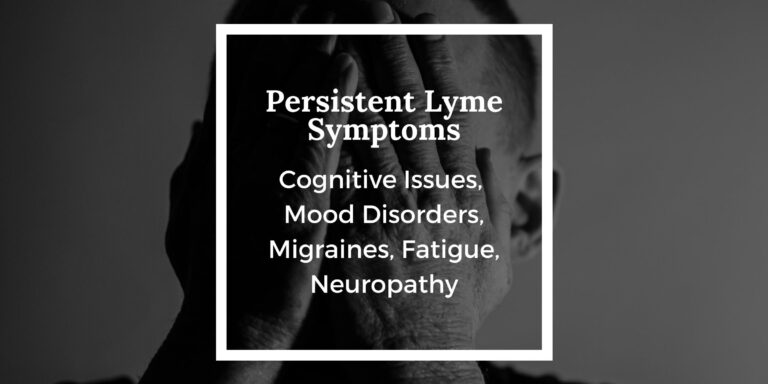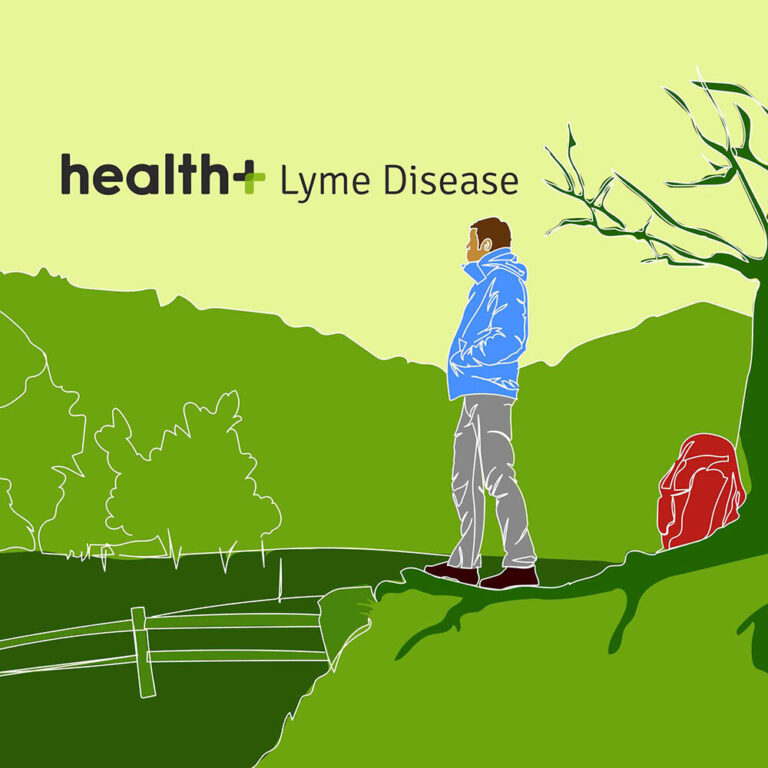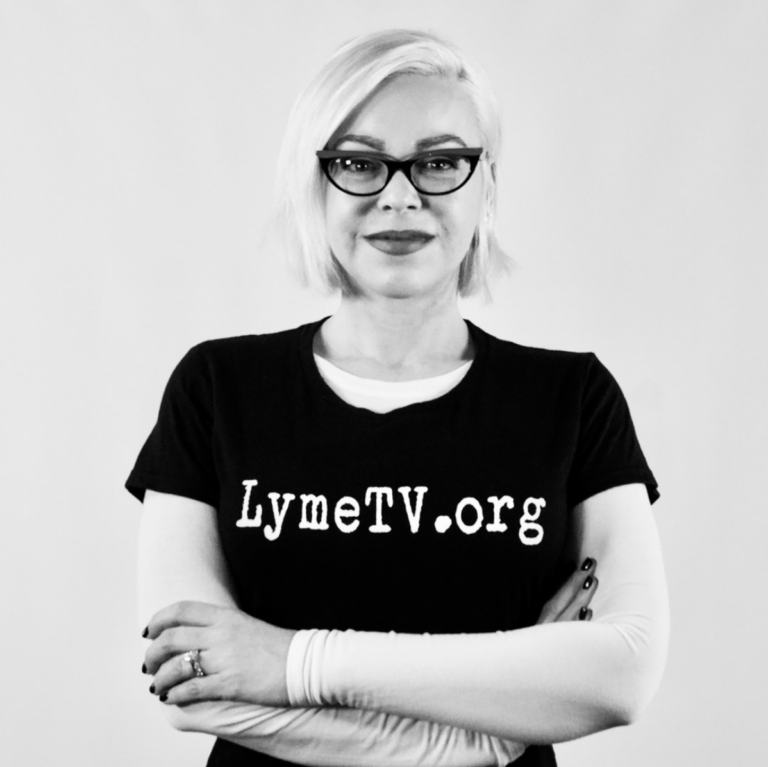A message from Invisible’s Chief Medical Officer
The groundbreaking study on Lyme and mental health from Columbia University shines a light on an utterly shocking…

The groundbreaking study on Lyme and mental health from Columbia University shines a light on an utterly shocking…

A retrospective study of 270 post-treatment Lyme patients identified the most debilitating neurological symptoms, paving the way for…

Two tick-borne disease experts, a physician and a researcher, discuss the many ways Lyme bacteria evade the immune…

Invisible’s Chief Medical Officer, Dr. Nevena Zubcevik, joins other Lyme patient advocates in setting priorities for…

Tick bites woman. Woman bites back, by launching LymeTV, a media foundation that aims to end…

A children’s songwriting duo has created a catchy new dance-jingle that makes tick checks fun and…
End of content
End of content